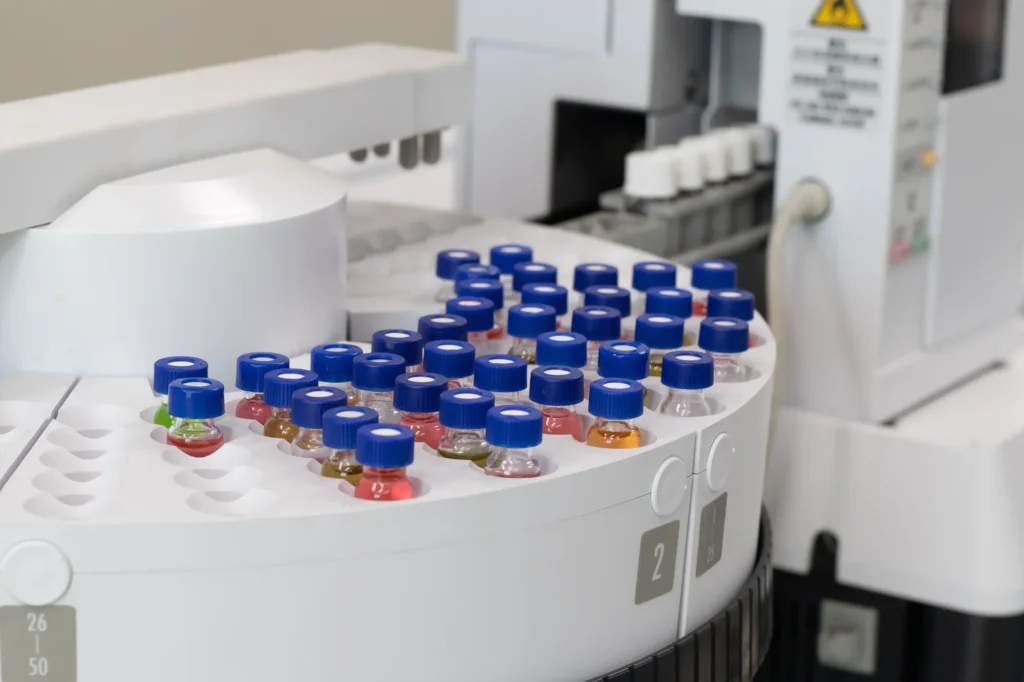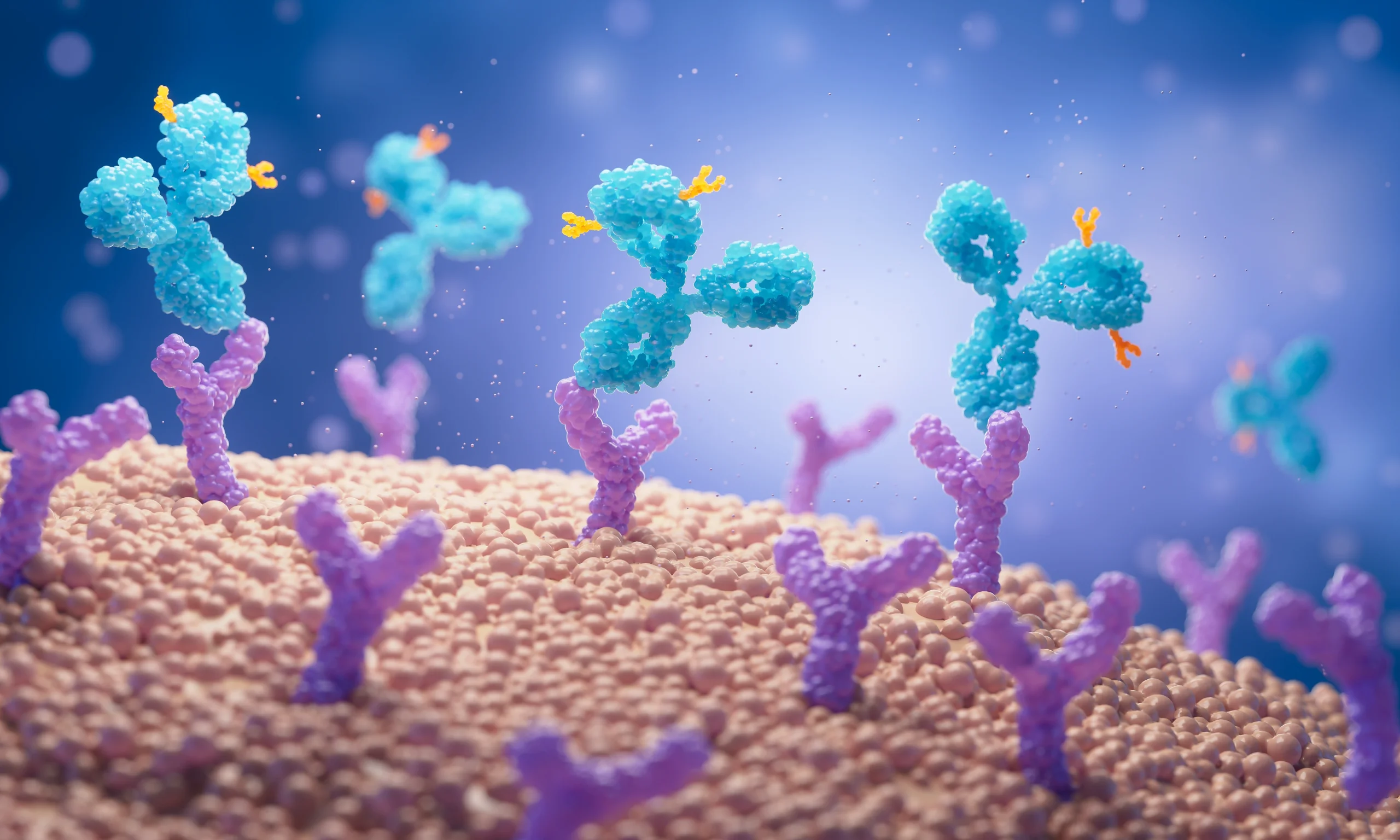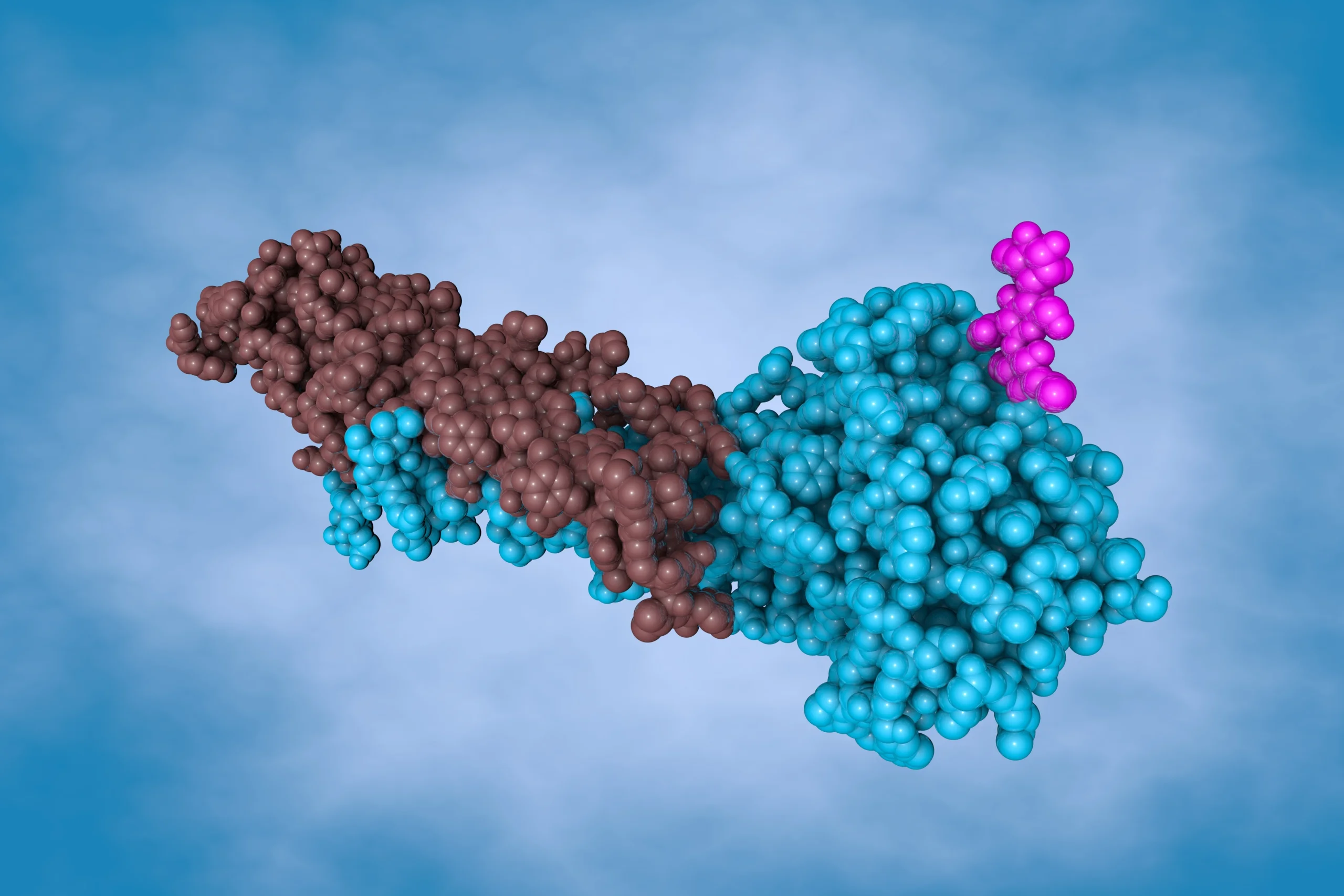Analytical development is the quiet engine that keeps a development program moving from discovery to clinical supply and into commercialization. When a portfolio grows and a sponsor expects more than seventy method validations in a short window, quality, speed, and scientific judgment must work together. Therefore, strong governance, phase-aligned strategy, and reliable documentation are not optional; they are the foundation. This article explains how analytical development scales to such demand, how risk is contained, and how knowledge is transferred across modalities and sites without loss of intent.
Why scale matters in analytical development
A high velocity pipeline means multiple assets and multiple dosage forms are progressing in parallel. Each asset brings several assays for identity, purity, potency, safety, and stability. As a result, analytical development must plan capacity, instruments, and people against a rolling forecast of method qualifications and validations. A program that targets more than seventy method validations needs standardised templates, calibration routines, and predefined acceptance criteria, so that analysts can focus on science and not waste time on rework. It sounds simple, but this is where many programs slow down.
Effective analytical method development underpins the whole exercise. Methods are designed to resolve critical quality attributes with adequate specificity and robustness. Orthogonal techniques are selected to support decision-making. Life cycle thinking is built in, with method performance tracked from feasibility to validation and routine use. Where possible, platform approaches shorten the lead time, for example, generic HPLC impurity profiling methods that can be adapted to similar small molecules, or platform binding assays for monoclonal antibodies. This saves weeks, sometimes more, without cutting scientific corners.
Phase appropriate, not one size fits all
Method expectations must match the development stage. Early clinical phases require fitness for purpose, while late phase studies and commercial control strategies require higher assurance. Phase-appropriate method validation makes this practical. Accuracy, precision, specificity, range, and robustness are evaluated at a level that is sufficient for the decision risk at that stage. Later, the validation set expands to cover ruggedness, intermediate precision across sites, and matrix effects where relevant. For biologics, bioanalytical method validation adds calibration curve modelling, dilution integrity, and stability in biological matrices. The principle is consistent, prove that the method will protect patient and product decisions in that phase.
This approach prevents over engineering in Phase 1 and under engineering in Phase 3. It also reduces rework since gaps are anticipated and scheduled. Documentation is living and traceable, which helps regulators understand why a particular level of evidence was selected at a given time.
Designing for 70 plus validations, the operating model
A program with seventy or more validations benefits from a hub and spoke model. Central governance defines templates, decision trees, and data structures. Functional teams execute method feasibility, optimisation, and analytical analysis under shared SOPs. A validation management calendar locks down timelines for protocol issue, execution, and report approval. Cross functional reviews involve development, quality, and manufacturing to keep risk visible.
Three levers often decide success. First, sample management and reference standards. Without stable and well characterised standards, even the best chromatographic methods will drift, and analysts will chase noise. Second, instrument readiness. Preventive maintenance, system suitability trending, and electronic logbooks avoid surprises during validation runs. Third, data integrity. With many analysts and multiple sites, consistent metadata, audit trails, and controlled calculations are essential. These are not glamorous tasks, but they multiply efficiency.
Analytical development across modalities
The portfolio usually mixes small molecules, peptides, biologics, and complex injectables. Analytical development must align technology to modality. Small molecules rely on chromatographic separation, spectroscopy, and elemental analysis. Biologics analytical development require mass spectrometry, capillary electrophoresis, glycan mapping, and cell-based potency assays. Complex injectables bring in particle analysis, extractables and leachables, and container closure integrity testing. The lesson is simple, one playbook cannot serve all, yet a shared quality system can hold them together.
Transfer readiness is planned from day one. Method ruggedness studies mimic the receiving laboratory’s conditions, instruments, and reagents. Where automation is feasible, for example, autosampler workflows or liquid handling for sample prep, variability reduces, and transfer success improves. A clean method transfer, supported by pre-transfer assessments and clearly defined acceptance ranges, prevents late surprises in the manufacturing schedule.
Validation discipline, from protocol to report
Validation is a scientific activity, but it is also an audit activity. A well-written protocol states the purpose, the method principle, the scope, the acceptance criteria, and the statistical treatment. For bioanalytical method validation, the protocol will detail calibration models, QC levels, and incurred sample reanalysis logic. For release and stability methods, robustness and forced degradation studies show that the method tracks the degradation profile and can separate known impurities. During execution, deviations are addressed immediately, with root cause and corrective actions documented. The report connects data to criteria, and it explains outliers without jargon.
When the number of validations is large, version control becomes critical. Each revision must be justified, and each change must be tracked to prevent accidental use of superseded instructions. Change control boards help here, but discipline at the bench level is what marks a mature system.

Managing risk, timeline, and cost
Risk is managed through prioritisation. High-impact methods, such as potency or assay for actives, get early attention and redundancy. Lower risk methods, such as appearance or pH for non-critical products, are scheduled around bottlenecks. This pragmatic triage keeps the program on track. Timeline pressure is eased by parallelising tasks. For instance, system suitability limits are defined during development studies, not after, so that validation only confirms what is already stable. Cost is controlled by reusing platforms, sharing reference standards, and limiting unnecessary repeats. A short daily standup among analytical leads catches drift early. It is a small practice, but it saves days.
Regulatory alignment and inspection readiness
Regulators look for consistency, traceability, and scientific rationale. Analytical development that supports many validations must keep evidence tidy. Data packages should map each method to the associated specification, stability commitment, and control strategy. For late phase, comparability protocols and lifecycle management plans show how methods will evolve when processes change. Training records, instrument qualification, and vendor qualification complete the picture. When these basics are in order, inspections become more predictable and less stressful. This is good science and also good business.
What success looks like
Success in analytical development is visible in stable batch releases, few investigation cycles, smooth method transfers, and predictable lead times. Fewer surprises in stability studies, clean audit trails, and quick responses to questions are the everyday signs. A program that delivers more than seventy method validations without missing clinical or commercial deadlines shows that science, quality, and operations are aligned. It is not glamorous work, but it protects patients and keeps the program moving.













